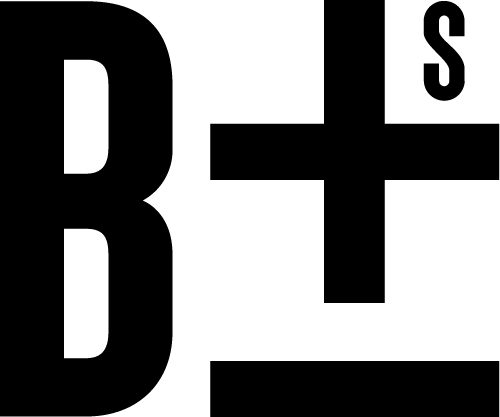Oliver Linke
Oliver Linke (*1971) studied graphic design at the University of Applied Sciences Augsburg, Germany and the University of Missouri, Kansas City. He continued his studies in art history, art education and philosophy at the University of Augsburg. Today he works as designer, consultant, teacher and author. He is co-founder of Lazydogs Typefoundry, teaches at the Munich Designschool and other universities and leads international workshops. He is author of two monographs about a Renaissance writing master (2007) and a 20th century Munich sign painter (2013) and contributes regularly to the German design magazine PAGE. From 2012 to 2016 he was vice president of Typographische Gesellschaft München.
BITS 6 International Workshop
Oliver Linke
October 8, 2016.
10.30 am. - 12.30 pm.
Auditorium A, TCDC
Available slots : 10 person
“Tactile Outlines”
Sketching and drawing letterforms are a powerful approach in typeface design. Unlike calligraphy tools, the pencil allows for complete freedom in shaping your letters. In this workshop I invite you to explore proportions, boldness, contrast and modulation, counter shapes and other key parameters to find the perfect shape with your pencil.
BITS 6 International Conference
Oliver Linke
October 9, 2016.
Session 2 (1.00 pm. - 3.00 pm.)
W Hotel
“The Urge to Rule – Constructed Letterforms from Antiquity to Tomorrow”
For some reason there has always been a certain desire to find the constructive skeleton or some kind of a »mathematically correct« description of lettershapes. Generations of designers have been searching for the best way to convert complicated characters into an easy formula, believing to discover the very essence of type.
Meanwhile many have changed to another confession, where rulers become void and the impression of the eye is the only reliable guide line. With the advent of the computer, this schism in type design seemed to be given another revival. Type has become digital, shaping is done through mathematical equations, and often enough letters are cut down to a set of pixels. It’s about time to take a closer look, what’s really valuable about both approaches.

